Origin of Christmas – The Pagan Traditions
Christmas is celebrated to remember the birth of Jesus Christ, who Christians believe is the Son of God. The name ‘Christmas’ comes from the Mass of Christ (or Jesus). ! So we get the name Christ-Mass, shortened to Christmas.

The Date of Christmas
The exact date of Jesus’ birth is unknown, as the Bible does not give specifics as to the dates of either His birth or conception. But in the second century AD, a Roman Christian historian named Sextus Julius Africanus calculated Jesus’ birthdate to be December 25 (nine months after Jesus was conceived, according to Africanus).
However, some traditions associated with Christmas actually began as a part of the pagan culture; these were “Christianized” and given new meaning.

Origin of Christmas – The Pagan Traditions
Some people also think that December 25th might have also been chosen because the Winter Solstice and the ancient pagan Roman midwinter festivals called ‘Saturnalia’ and ‘Dies Natalis Solis Invicti’ took place in December around this date – so it was a time when people already celebrated things.
The Winter Solstice is the day where there is the shortest time between the sun rising and the sun setting. It happens on December 21st or 22nd. To pagans, this meant that the winter was over and spring was coming and they had a festival to celebrate it and worshipped the sun for winning over the darkness of winter.
Origin of Christmas – The Pagan Traditions
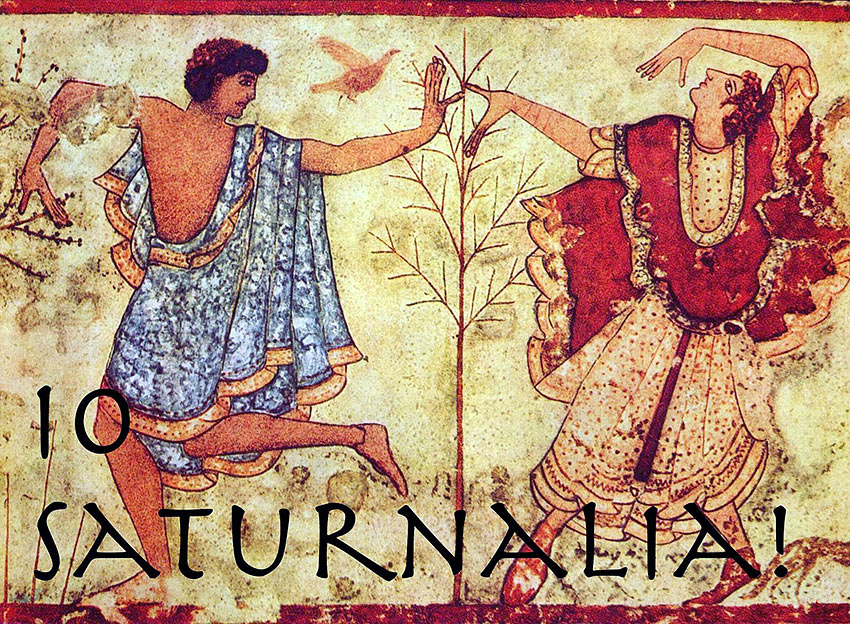
The Roman Festival of Saturnalia took place between December 17th and 23rd, For the Roman god Saturn.
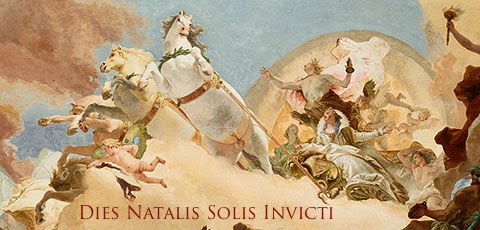
Dies Natalis Solis Invicti means ‘birthday of the unconquered sun’ and was held on December 25th and was the ‘birthday’ of the Pagan Sun god Mithra.
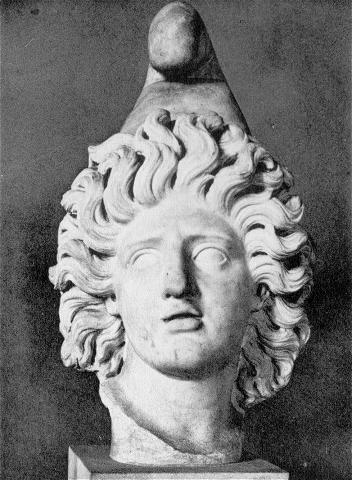
The Indian Mitra was essentially a solar deity, representing the “friendly” aspect of the sun. So too was the Persian derivative Mithra, who was a “benevolent god” and the bestower of health, wealth and food. Mithra also seems to have been looked upon as a sort of Prometheus, for the gift of fire. (Schironi, 104) His worship purified and freed the devotee from sin and disease.
Subsequent to the military campaign of Alexander the Great in the fourth century BCE, Mithra became the “favorite deity” of Asia Minor.
Origin of Christmas – The Pagan Traditions

The 12 Days of Christmas
The 12 Days of Christmas start on Christmas Day and last until the evening of the 5th January, also known as Twelfth Night. The 12 Days have been celebrated in Europe since before the middle ages and were a time of celebration.
The 12 Days each traditionally celebrate a feast day for a saint and/or have different celebrations:
- Day 1 (25th December): Christmas Day
- Day 2 (26th December also known as Boxing Day): St Stephen’s Day. He was the first Christian martyr.
- Day 3 (27th December): St John the Apostle (One of Jesus’s Disciples and friends)
- Day 4 (28th December): The Feast of the Holy Innocents, when people remember the baby boys which King Herod killed when he was trying to find and kill the Baby Jesus.
- Day 5 (29th December): St Thomas Becket. He was Archbishop of Canterbury in the 12th century and was murdered on 29th December 1170 for challenging the King’s authority over the Church.
- Day 6 (30th December): St Egwin of Worcester.
- Day 7 (31st December): New Year’s Eve (known as Hogmanay in Scotland). Pope Sylvester I is traditionally celebrated on this day.
- Day 8 (1st January): 1st January – Mary, the Mother of Jesus
- Day 9 (2nd January): St. Basil the Great and St. Gregory Nazianzen, two important 4th century Christians.
- Day 10 (3rd January): Feast of the Holy Name of Jesus.
- Day 11 (4th January): St. Elizabeth Ann Seton, the first American saint, who lived in the 18th and 19th centuries.
- Day 12 (5th January also known as Epiphany Eve): St. John Neumann who was the first Bishop in American. He lived in the 19th century.
The History of Christmas Trees
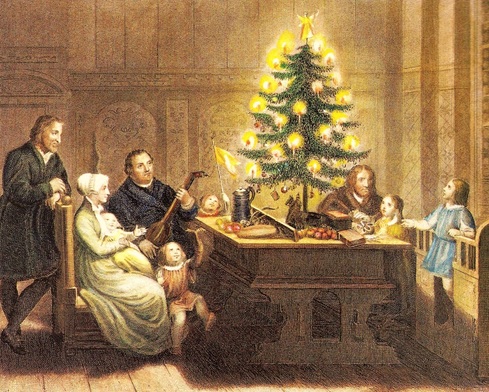
The evergreen fir tree has traditionally been used to celebrate winter festivals (pagan and Christian) for thousands of years. Pagans used branches of it to decorate their homes during the winter solstice, as it made them think of the spring to come. The Romans used Fir Trees to decorate their temples at the festival of Saturnalia. Christians use it as a sign of everlasting life with God.
Christmas or Xmas?


Christmas is also sometimes known as Xmas. In the Greek language and alphabet, the letter that looks like an X is the Greek letter chi / Χ (pronounced ‘kye’ – it rhymes with ‘eye’) which is the first letter of the Greek word for Christ, Christos. So Xmas can also mean Christmas, but it should also be pronounced ‘Christmas’ rather than ‘ex-mas’!
Christmas Candles

They were used during ancient winter solstice celebrations a way of remembering that spring would soon come. One of the earliest records of candles being used at Christmas is from the middle ages, where a large candle was used to represent the star of Bethlehem. Jesus is sometimes called ‘the Light of the World’ by Christians.
Christmas Cake
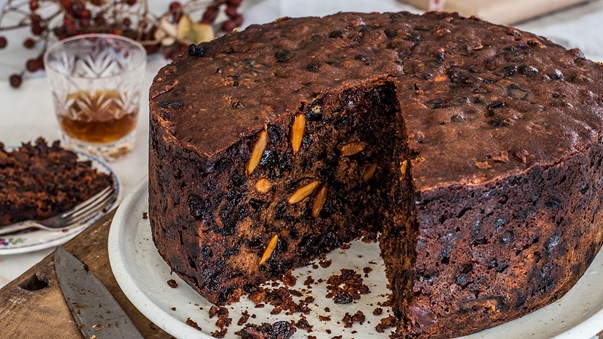
The rich fruit cake that is often associated with Christmas were originally Twelfth Cakes (which were eaten at the parties on Twelfth Night ending the 12 Days of Christmas on 5th January). These started as enriched fruit cakes, more like Italian Pantone Christmas Cakes.
Eggnog

Eggnog is a traditional ‘American’ drink but it started life in the UK as a kind of ‘posset’ (hot milk mixed with wine or ale and spices). There are a very few old mentions of eggs being mixed in as well.
During the middle ages, possets were used to help treat colds and the flu. (Now the word posset is normally used for a cold set milk pudding which was developed from the drink in the 16th century.)
Christmas Candy Canes

A story, that’s rather nice but probably isn’t true, says that German a choirmaster, in 1670, was worried about the children sitting quietly all through the long Christmas nativity service. So he gave them something to eat to keep them quiet! As he wanted to remind them of Christmas, he made them into a ‘J’ shape like a shepherds crook, to remind them of the shepherds that visited the baby Jesus at the first Christmas. Christmas Candy Canes
This article has referenced https://www.whychristmas.com, which you may use for further reading.
1. Christmas Carol By Charles Dickens: From Misery To Peace
- What “Stranger Things” Share With Your Zodiac Sign
- The Jewish Festival of Lights: Hanukkah
- Let’s Celebrate Thanksgiving, This November
- The Piscean Soul And Magic: George Harrison
- Halloween Traditions Around The World
- Harry Potter Characters And Their Zodiac Signs
- From Pagan Spirits To Hagrid: Halloween Costumes
- Gargoyle Are Just Architectural Element?
- Why Celebrate Halloween: Facts and Myths
- The Aquarian streak of Ed Sheeran and your Zodiac Sign
- Kylie Jenner Life: A walkthrough
- I Can Argue For Both Sides Of The Case: Libra Personality
- The footballer inside you, according to SunSign.
- The Virgo season and how it influences other Sunsigns
- Netflix, Binge-watch as per Sunsigns
- What does Astrology say about Kardashians?
- Bitcoin and Moneymakers of Zodiac
- Everything about Olympics, and Zodiac Signs in them
- The Brightest Season: Leo Season
- A Halloween Tale, Wicked and Stunning: The Nightmare Before Christmas
- Which ‘Spirited Away’ Character’ Are You By Your Zodiac Sign: Libra to Pisces
- Which ‘Spirited Away’ Character’ Are You By Your Zodiac Sign: Aries to Virgo
- Fair, Diplomatic And Romantic: Welcome Libra Season
- The Game of Thrones: Zodiac Characters: Libra to Pisces
- The Game of Thrones: Zodiac Characters: Aries to Virgo
- Come On Baby, Light My Fire: Leo Season
- Your Zodiac Sign As A Greek God: Aries to Virgo

Comments are closed.